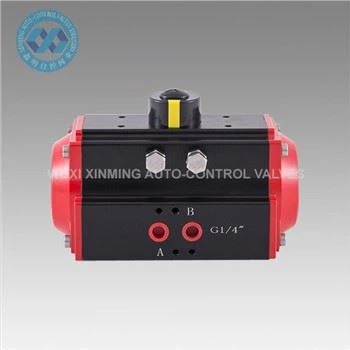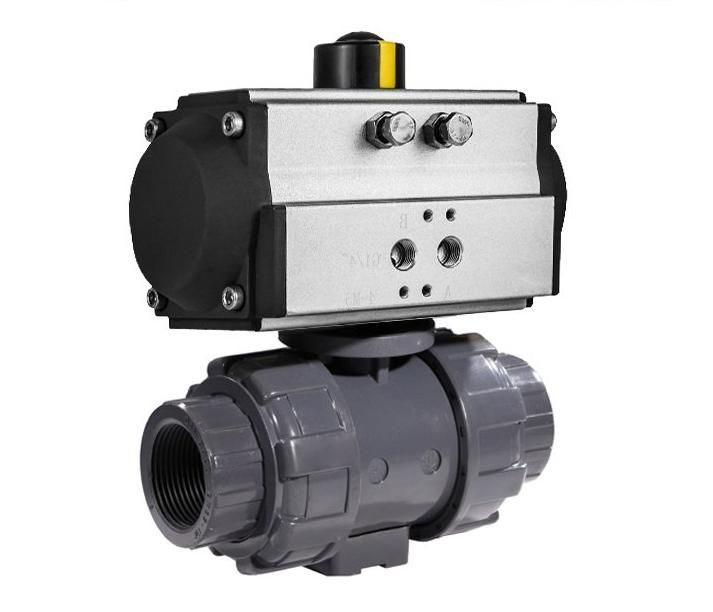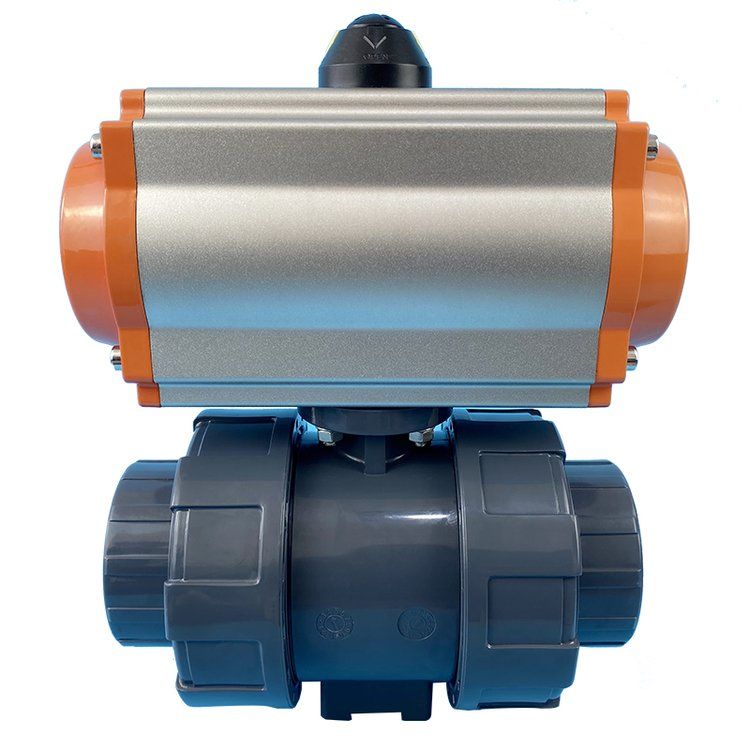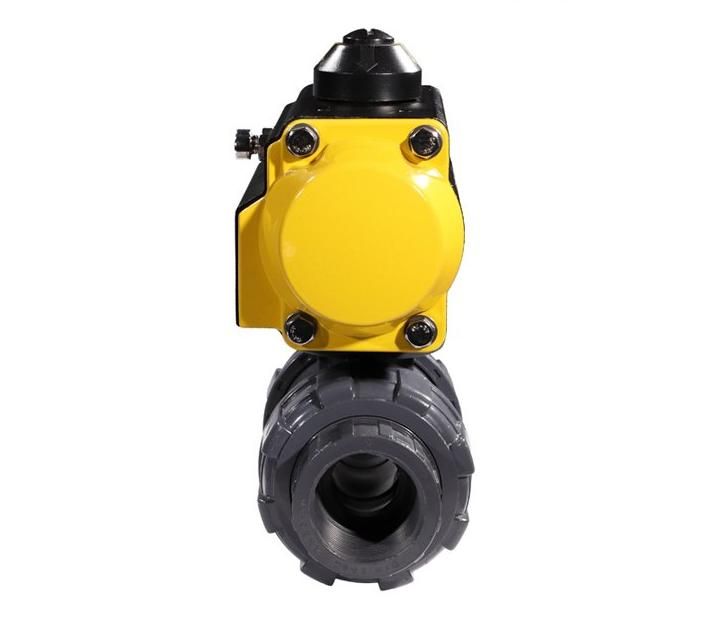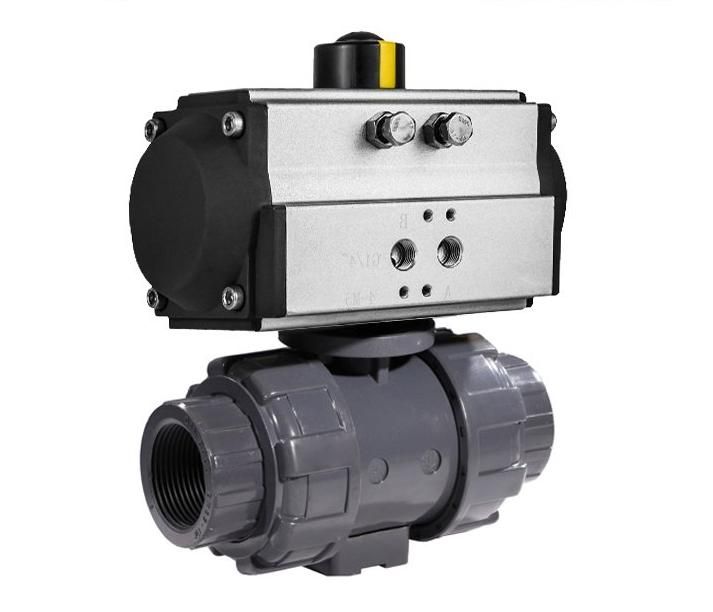Pneumatic Actuator Operation with Ball Valve
1. Basic Operating Principle
A pneumatic actuator drives a ball valve through a precise interplay of compressed air, mechanical components, and valve mechanics. At its core, the process begins with the introduction of compressed air into the actuator's chamber, typically supplied via a pipeline or air compressor. This air pressure acts on a piston or diaphragm within the actuator, generating linear or rotational force.
2. Torque Conversion Mechanism
In most designs, the actuator converts this pressure into torque—a rotational force—that connects to the ball valve's stem. The stem, in turn, is linked to the valve's spherical ball, which features a central bore. When the actuator receives a control signal (often from a solenoid valve or process controller), the compressed air shifts the piston or diaphragm, rotating the stem by 90 degrees.
3. Valve Opening/Closing Sequence
This quarter-turn motion aligns the ball's bore with the valve's inlet and outlet, opening the valve to allow fluid flow. Conversely, reversing the air pressure (or relieving it, in single-acting actuators with springs) rotates the stem back, turning the ball so its solid side blocks the flow, closing the valve.
4. Actuator Types Comparison
Single-acting actuators use a spring to return to a default position (open or closed) when air pressure is removed, while double-acting models rely on air pressure for both opening and closing. Seals within the actuator prevent air leakage, ensuring efficient force transmission.
Technical Specifications
- Operating pressure: 60-100 psi (4-7 bar)
- Rotation angle: 90° (quarter-turn)
- Single-acting: Spring return mechanism
- Double-acting: Air pressure for both directions
- Temperature range: -20°C to +80°C
- Response time: 0.5-5 seconds (depending on size)
- Seal material: NBR, FKM, or EPDM
- Connection types: ISO 5211, DIN 3337
If you want to learn more about low-priced products, please visit the following website: www.xm-valveactuator.com






